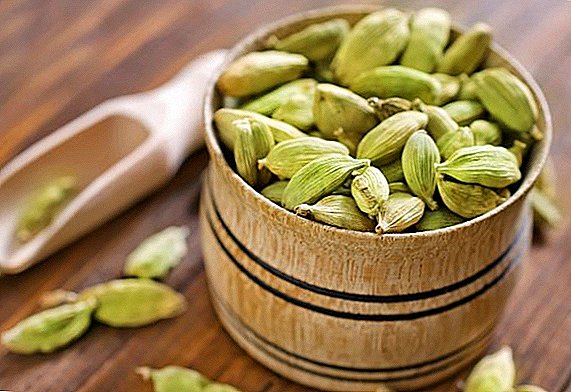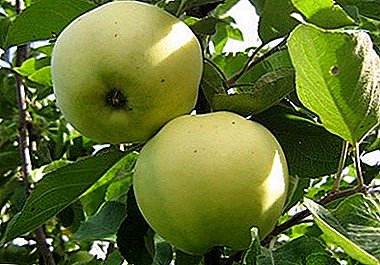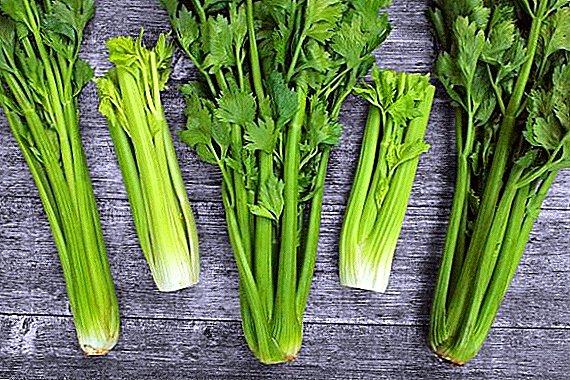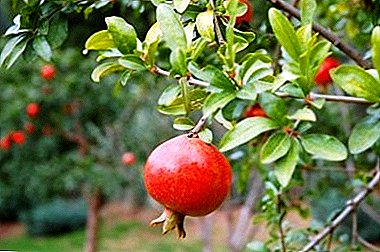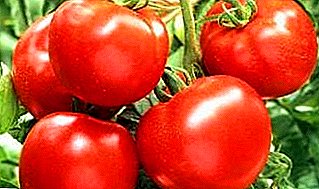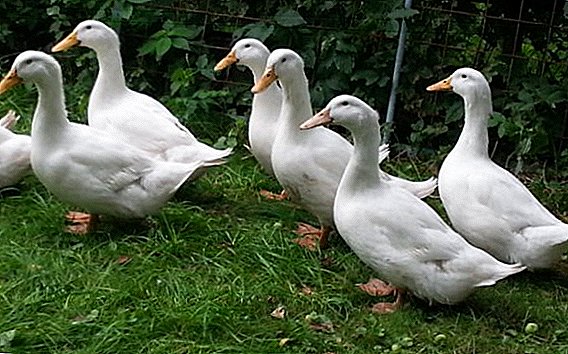 The word “broiler” immediately recalls chickens, however, ducks also have early breeds. One of these is the snow white duck agidel. Representatives of this cross-country grow well in farms and at home.
The word “broiler” immediately recalls chickens, however, ducks also have early breeds. One of these is the snow white duck agidel. Representatives of this cross-country grow well in farms and at home.
Description and distinctive features of the breed
The broiler duck agidel, bred by a combination of different breeds, united their main advantages. This made her a favorite of a large number of farmers and just lovers of tasty and healthy meat.
Did you know? The habit of ducks walking waddling due to the presence of wide paws with membranes. In order not to cling with one foot to the other, duck forced when moving tilt aside with the whole body, leaning on one leg to move the other.
External features
The cross duck agidel is different from other elongated heads, large enough for this species of birds. The beak is also wide, painted in a white-pink shade. Chest protrudes forward; the neck is of medium thickness, but at the same time longer than many other ducks. The plumage is white, without any other shades. Legs short, orange. 
Character
Unlike its other relatives, this breed very calm. Her movements are measured, and the characteristic cry of ducks can be heard only in case of danger. Lack of fuss favorably affects the absorption of feed and the overall increase.
Productive characteristics
Agidel - meat cross, well proven in this regard. In addition, these ducks supply a large number of eggs, as well as high-quality fluff and feathers.
It is interesting to read about the beneficial properties and culinary use of duck eggs and fat.
When they start to nest and what egg production
Ducks begin to sweep at the age of 4-5 months. Although agidel is broiler, it also has a good level of egg production. On average, a duck can carry 240 eggs per year. The weight of one egg ranges from 75-95 g. 
Dynamics and live weight
This breed is characterized by rapid weight gain. With good care, the average weight of a bird at the age of 1.5 months will be: a drake - 3.2 kg, ducks - 3 kg. A week later, the weight will increase by 500 g, after which it will not increase significantly.
Readiness for slaughter should be determined by the state of feathers, namely: feathers should not be fully formed. Otherwise, the carcass will be bristled, which will violate its presentation and reduce the quality.
Important! The best time to slaughter for meat - 60-65 days after birth. If this time has passed, it is recommended to wait another 10 days, after this time the feathers will be more easily plucked.
Down and feathers
In addition to high-quality meat, the plumage of these birds is also highly valued. Pillows, blankets and clothes are made from it. It is proved that this material is in no way inferior in its properties to swan down.  The advantages are the following characteristics:
The advantages are the following characteristics:
- small weight;
- elasticity;
- high rates of air exchange;
- hygroscopicity
Conditions of detention
Representatives of the Agidel breed do not need to buy expensive feed mixtures and are unpretentious in conditions of detention. Even little ducklings eat whole grains without any problems. In addition, they can be fed with hay, chaff and greens.
We advise you to read about the construction of a shed for ducks, as well as whether it is possible to keep chickens and ducks in the same room.
Requirements for the house
The house should be dry, well lit and always ventilated. Since the birds drink a lot of water and at this time they splash it heavily, it is important to change the straw on the floor every day so that it stays dry.
It is best to keep the ducks in small groups. The number of individuals on average - 2-3 birds per 1 square. m floor.  Nests are built at the rate of one per 3 females. Their dimensions are 35x40x40 cm. You can take wooden boxes or wicker baskets as nests.
Nests are built at the rate of one per 3 females. Their dimensions are 35x40x40 cm. You can take wooden boxes or wicker baskets as nests.
Important! We must immediately determine the correct place for the nest, then not to change it. If it is further transferred, the hen will leave the nest.
Walking and access to water
Although ducks are waterfowl, agidels can do without a large body of water, they need only a small bath on the pasture. For this purpose, fit the usual trough, buried in the ground and filled with water. It must be changed every day; in hot weather - several times a day.
Putting a bath in the house can not be, in order to avoid large dampness.
Females carry eggs only in the morning - it is important to remember not to let them out for walking too early. 
What to feed
Agidel appetite is excellent, the metabolism does not slow down even at night.
In summer time
In the warm season, the birds are fed 3 times a day, with the beginning of the laying period, one more feed intake is added. The usual diet - mash of greens, vegetables and grains. Here you can use any feed that you can buy in specialized stores.
For proper development and weight gain, vitamin and mineral supplements must be present in the diet. Keeping on a free pasture at times facilitates feeding, as the birds themselves find food.
Learn more about feeding little ducklings and ducks at home.
On the first day after hatching, ducklings must be watered with water with potassium permanganate, and also give chopped chicken egg mixed with boiled porridge. 
In winter time
In the cold season, the number of feeds for the general herd is reduced to 2 times. The only exceptions are laying ducks, which are given food 4 times a day. In this case, the diet must necessarily contain special additives and vitamins.
Did you know? The number of cervical vertebrae in a duck is greater than that of a giraffe.
Advantages and disadvantages
Like any other breed, agidel has positive and negative sides. TO merits relate:
- Fast weight gain
- High quality down and feather.
- Natural immunity to disease.
- High egg production rate.
- Good adaptive qualities.
- The taste and quality of meat.
Read also about the breeding of ducks of other breeds and crosses: musky, Peking (Star-53), Bashkir, mulard, blue favorite, deceitful white.
Disadvantages much less, but still they are:
- High fat content of meat compared to non-broiler breeds.
- Ducks have no maternal instinct, so an incubator is needed for reproduction.
Video: ducks agidel
Poultry farmers reviews about Agidel


Thus, due to its characteristics, the duck agidel is perfect for breeding both in large farms and in private yards. Knowledge of the characteristics of the breed and the rules of cultivation even with a small population will give an excellent result.





